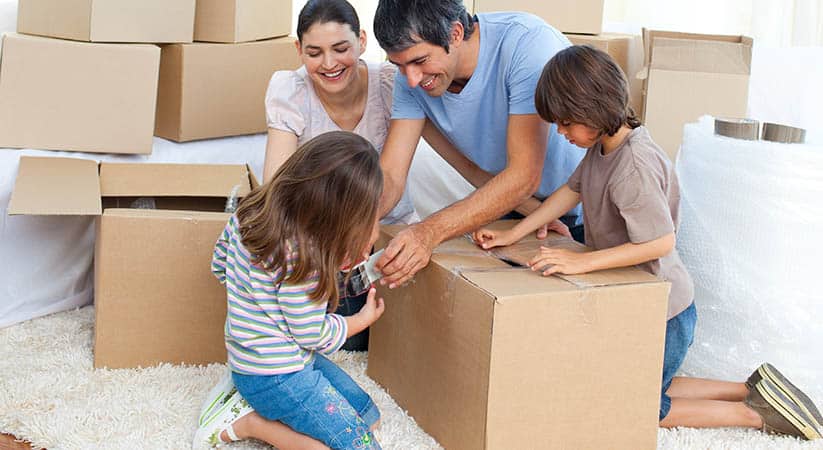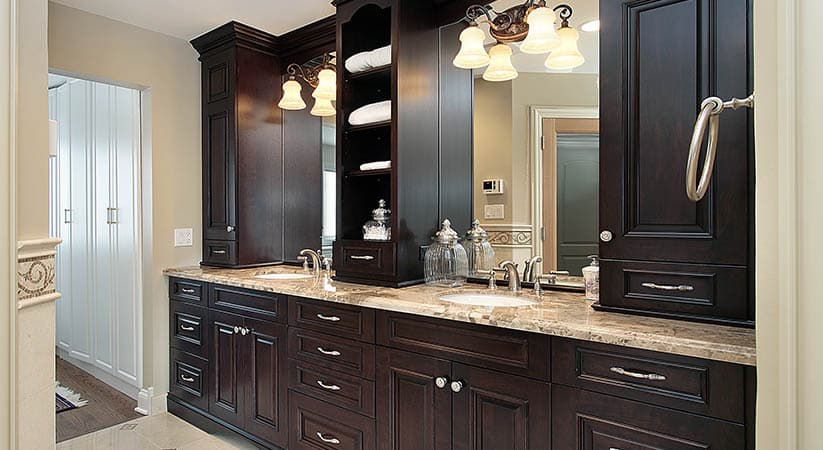Heat pump is an important thing in any household, and every homeowner with a heat pump in his house should learn how to troubleshoot it in any conditions. Heat pump repair isn’t necessarily a complex thing and you can do it with some basic knowledge and a few tools.
Here is a brief heat pump troubleshooting guide that you can follow to troubleshoot and repair your heat pump.
Check the Heat Output
Since the basic function of a heating system is providing heat to your house, you can easily say that it’s malfunctioning if it doesn’t provide any, or sufficient heat to your house. In this case, you’ll have to start the diagnosis from the thermostat and work your way up. Set the thermostat on a higher range than your normal room temperature. Notice if your room temperature starts changing after doing this. If the temperature doesn’t change, then it is more likely that there is a problem.
Check the Fan on Air Handler
The fan on the air handler should work pretty fine, and if the fan is off, you should try checking the fuse. Bad wiring can also cause the breaker to trip at times. If both the fuse and the fan are working pretty fine, then it might be the thermostat which is causing a problem.
While the fan is running, put the thermostat on emergency mode. Put the temperature at least 5 degrees above the standard room temperature. This step should cause the unit to start making heat, if it does start outputting the heat, then the problem is with the outdoor unit.
In rare cases, the outdoor unit might be working well, if this is the case, then either the thermostat or the air handler might be broken.
Inspecting the Outdoor Unit
If your troubleshooting is indicating that there is a problem with the outdoor unit, then you should set the thermostat back to normal (if you previously set it to emergency for troubleshooting reasons) before starting. After doing this, wait a few minutes to bring the things back to normal.
If the outdoor unit builds up ice when operating, then there might be an issue with the defrost. Low quantity of refrigerant can also be the reason for this.
To check the defrost, you can go ahead and make the unit to start defrosting manually, forcing the unit to defrost can cause the unit to show the real problem.
Additionally, check to see if the outdoor fan is running. Sometimes, the outdoor thermostat installed in some units might cause the fan to stop working if the temperature is below the set point. If the fan is working fine, then you can continue troubleshooting by checking the high-pressure cutout. If the bigger refrigerant line doesn’t feel warm to the touch, there can be a problem with the unit’s wiring.
If the Unit Won’t Defrost
In cold areas, the heating system sometimes switches to the cooling setting for a while. That is done to warm up the outdoor unit and melt any ice that might be accumulated on the unit. Any issue with heat pump defrosting can cause the ice to start accumulating rapidly in the outdoor unit, interfering with the heating function of the unit. The issue is usually with the reverse valve, sensors, controls, or faulty relays. Get these smaller issues fixed as soon as possible to restore the full function of your heating unit.
If Water Is Leaking on The Unit
In the ice-cold winters, water leaking out from nearby gutters above the unit might cause a thin layer of ice to form on the outdoor unit. This can cause a lot of trouble if left unattended. So, make sure that you keep inspecting both the indoor and outdoor unit periodically.
Overrunning Heat Pump in The Summers
The heat pump faces a lot of hard times in the summer, especially when the heat wave breaks in. Due to the increasing heat, the heat pump often keeps working for hours. In some cases, an issue might cause the heat pump to stop cooling completely. In this case, you should call a heat pump repair service Long Beach and explain your problem to them.



